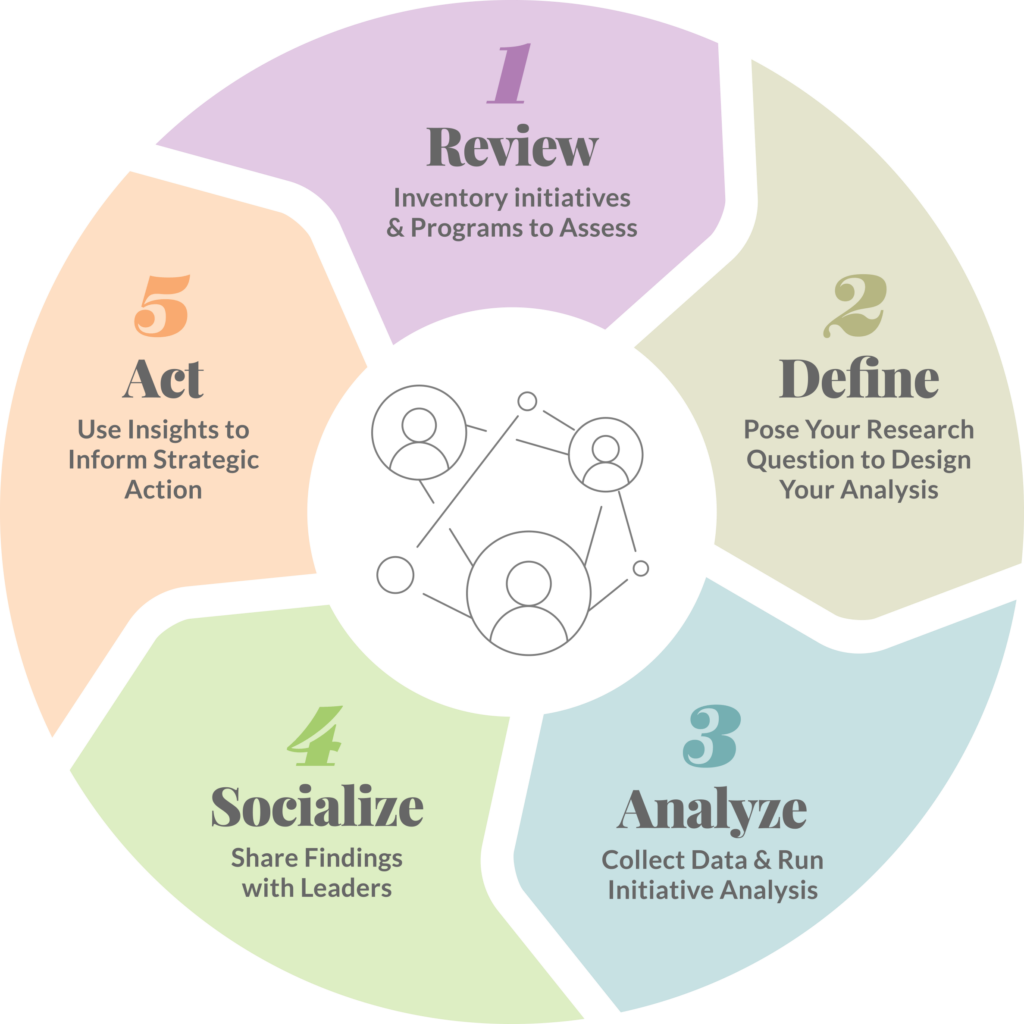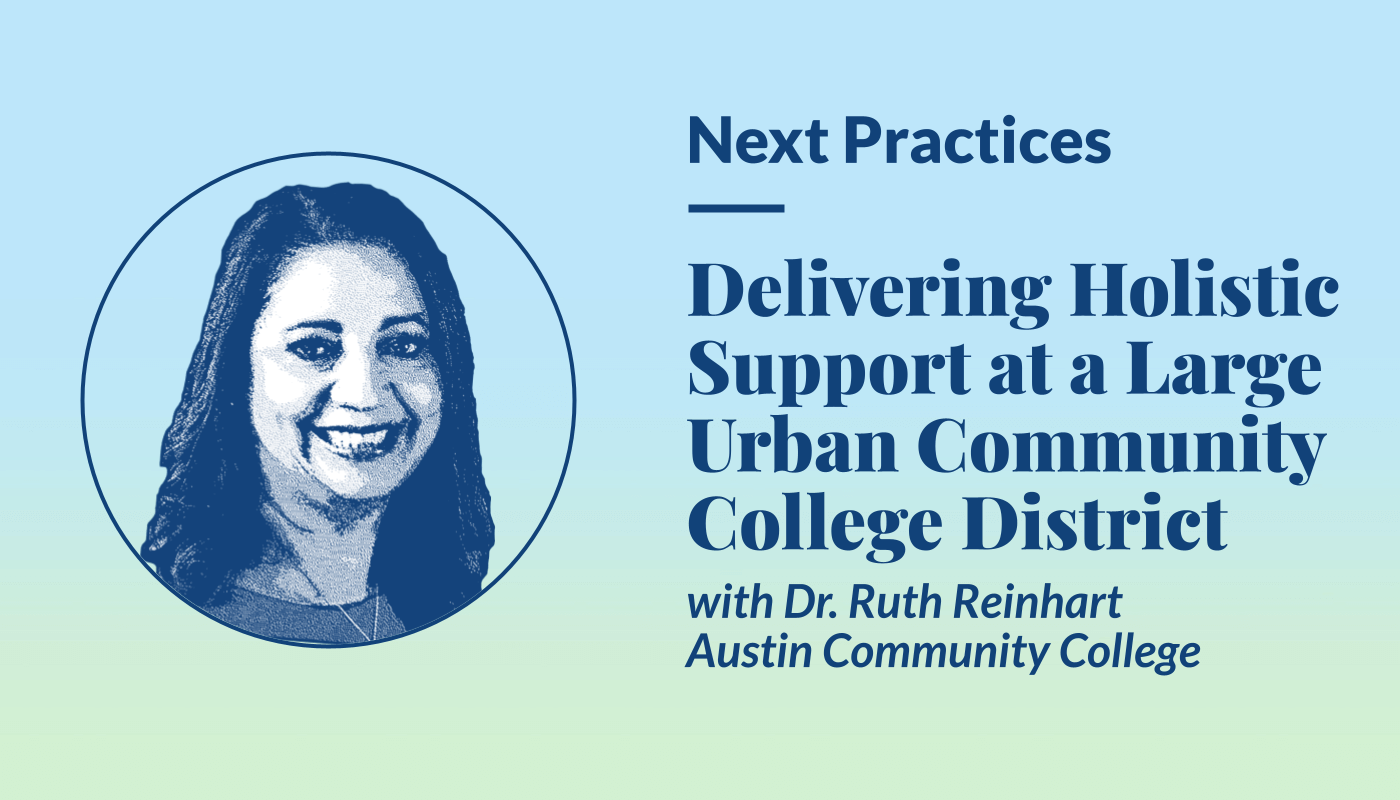
How Civitas Learning Partners Transformed Student Outcomes in 2024
Share this Post
Higher education is continually evolving, and 2024 has presented new opportunities for institutions to better address students’ changing needs. Traditional metrics, such as retention and graduation rates, don’t fully capture whether students succeed during college. In addition to earning a diploma, students seek a sense of belonging and opportunities that prepare them for life after graduation. Institutions shifting their focus from solely graduating students to developing their full potential are redefining what student success truly means.
Across the Civitas Learning community, institutions continuously assess how well they meet students’ needs and remove barriers to success. How are they doing this? In 2024, five key Student Impact Strategies emerged:
1. Uncovering What Factors Drive Student Success
Institutions recognize that student success goes beyond academic support—it requires collaboration across departments and a network of care. For instance, even the brightest students will struggle to reach their goals without stable housing or reliable transportation. These external challenges can impact their campus experience and ability to reach their full potential.
Successful institutions are also digging deeper to understand not just who needs help but why. By identifying the specific factors affecting students—such as LMS compared to their peers, last advising appointment, or shifts in engagement or persistence likelihood — advisors can proactively engage and offer tailored support. This approach helps teams to address root causes and optimize time and resources.
SUNY Broome Community College (SUNY Broome) identified 184 students with academic warnings and financial aid concerns and launched a targeted outreach campaign. This was a key factor in their 3.7% increase in enrollment between Fall 2022 and Spring 2024. In her interview on the Next Practices podcast, Dr. Penny Kelly, Vice President of Academic Affairs, highlighted how focusing on smaller groups and tailoring interventions to their needs made a real difference.
This example shows how data-informed strategies enable institutions to deliver precise, meaningful support that drives student and institutional success.
2. Understanding What Works for Your Students
Institutions need insight into their specific student population, not generalized trends, to understand what drives student outcomes. What works for one campus may have a completely different impact on another. By understanding the impact of initiatives, policies, and programs, leaders can gain valuable insights to provide proactive support and interventions.
Regularly evaluating initiatives is a core strategy many institutions overlook. Consistently analyzing initiatives and policies, not just when new leadership requests it or at the end of a term, uncovers opportunities for improvement, guides resource allocation, and reveals the most impactful strategies. Transformative change doesn’t always require a complete overhaul; sometimes, targeted adjustments can make a big difference for the students who need it most.

Partners across the Civitas Learning community regularly engage in efficacy analysis and are seeing significant success. In addition to positively impacting student persistence rates, they are experiencing higher resource usage, more significant ROI of initiatives and programs, and better alignment across campus.
The University of Texas San Antonio (UTSA) consistently reviews campus initiatives to ensure resources meet student needs. Initial data showed their tutoring program boosted overall persistence by 2%, but deeper analysis revealed even more significant gains for specific student groups, such as males of color, who experienced a 4-5% increase. These insights go beyond numbers, helping success teams see the tangible impact of their work and demonstrate its value to campus stakeholders. Dr. Tammy Wyatt, Vice Provost for Student Success, highlights how initiative analysis enables her to allocate resources effectively in this podcast episode.
For more explore how Civitas Learning partner institutions embed initiative analysis into their strategic decision-making with this infographic: “Creating a Routine Initiative Assessment Strategy.“
3. Partnering with Faculty on Student Success Efforts
Faculty are pivotal in building connections with students and influencing their success. Through regular interactions and offering academic or career guidance, they can have a major impact on student outcomes. There is a tremendous opportunity to get faculty more involved in student success efforts. However, not all faculty members are equipped to proactively impact their student’s academic journey.
Institutions in the Civitas Learning community are finding innovative ways to tackle this challenge. At ACC, faculty were involved in designing the academic alert program to ensure it was a useful support tool, not just a way to pass along information without clear next steps. Overusing or underusing alerts can send mixed signals about student performance and hinder their success. Student success leaders worked with faculty to identify which alert features were most helpful and how they could best work together to support students, which was a significant factor in boosting fall to spring persistence rates.
Related Resource
Delivering Holistic Support at a Large Urban Community College District with Dr. Ruth Reinhart
4. Evaluating Course Impact on Persistence and Completion
A closer look at a course’s impact on persistence to graduation highlights the important connection between academic programming and student success—connections that might otherwise go unnoticed. Pain points like lack of academic preparation or not being aware of available support services can significantly affect a student’s performance in challenging classes.
When institutions identify courses that present barriers to persistence, they can implement targeted interventions to provide the right support, such as supplemental instruction, tutoring, or workshops. With real-time insights, institutions can design strategies that address the specific skill gaps or structural issues causing students to struggle, making outreach efforts more effective.
For example, SUNY Broome Community College identified three critical courses that significantly impacted graduation rates. For instance, improving a student’s grade in ENG 110 by just one letter increased their likelihood of graduating by over 50%. Additionally, performance improvements in ENG 110 and PSY 110 were found to have the most significant potential to boost overall institutional graduation rates.
5. Simplifying Enrollment with a Seamless and Integrated Student Experience
When addressing enrollment declines, institutions often focus on recruiting new students but overlook the barriers current students face during course planning and registration. Many students find it difficult to enroll in the courses they need to complete their degree on time. This affects persistence rates and can lead to student financial burdens and revenue losses for institutions.
When institutions empower students to take ownership of their planning with intuitive, student-centered resources, positive outcomes follow. With students in the driver’s seat, they can see exactly what is needed to progress and address any obstacles proactively, such as enrolling in courses that do not contribute towards their degree requirements.
A Civitas Learning impact analysis has uncovered that a student-driven planning process lifts persistence by 6.9 percentage points. Student-centered course scheduling also resulted in a 6.3 percentage point boost in persistence. Institutions consistently report transformative results:
Jacksonville State University (JAX State) addressed declining enrollment by simplifying its previously disjointed registration process. Partnering with Civitas Learning, they streamlined the entire planning, scheduling, and registration process into a single interface, ensuring clear messaging and better communication between students and staff. This approach led to the highest enrollment in the university’s history.
As we close out 2024, let’s celebrate the institutions paving the way with innovative student success practices, addressing the goals and challenges of today’s student population. Stay up-to-date on the latest strategies shaping student impact by subscribing here



